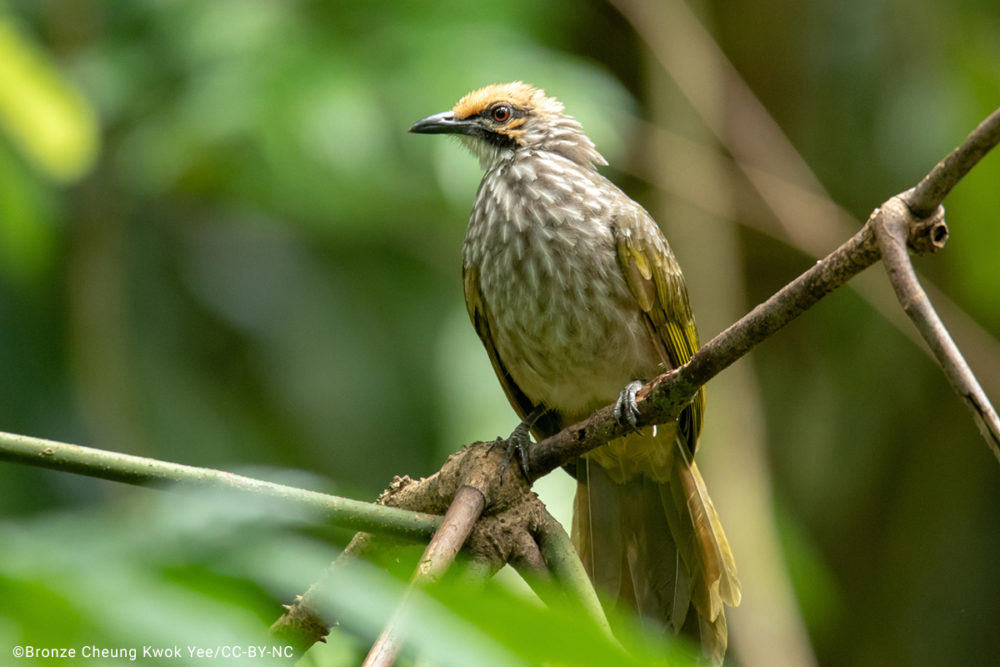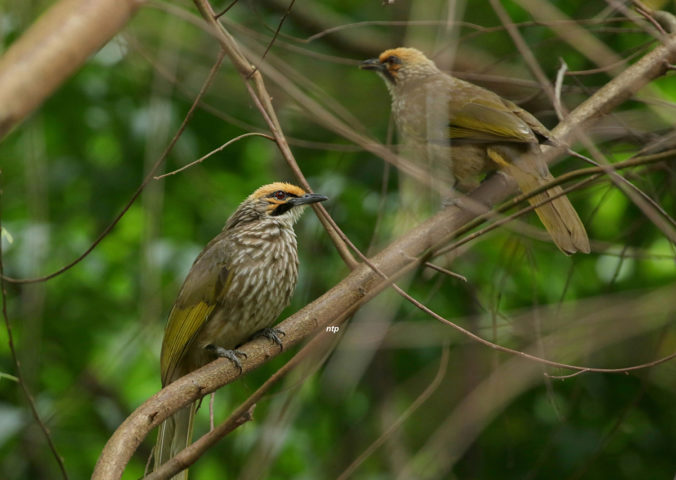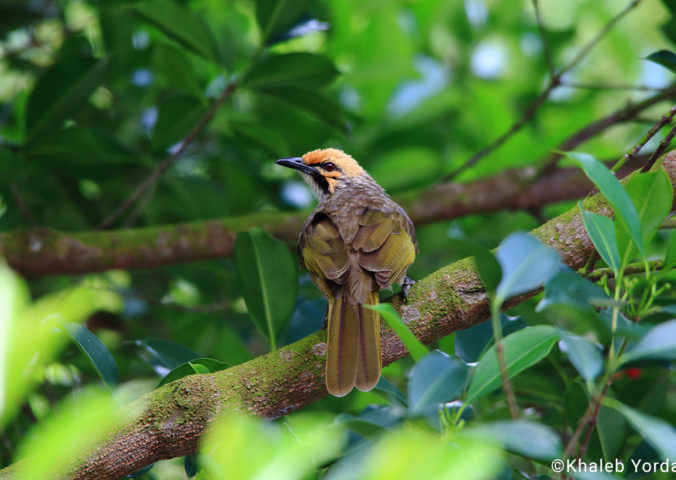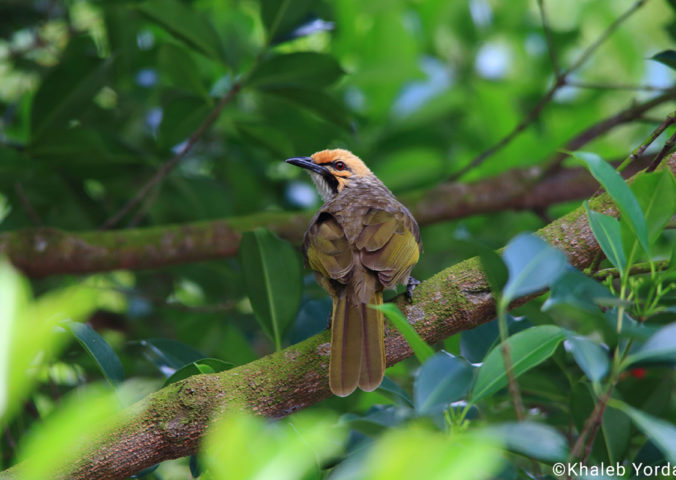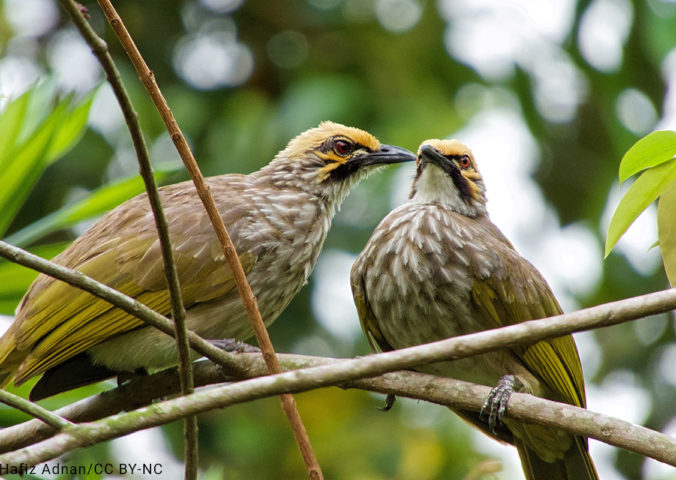About
The straw-headed bulbul is a songbird with a golden-yellow crown and cheeks.
Its melodious song makes it popular for both the domestic and international trade for cage birds, additionally its lack of shyness and habit of roosting in easily accessible locations has made this bird vulnerable to trapping.
This bird is on Appendix II of CITES and is protected in Thailand (suspected to be extinct in this location) and there is some captive breeding at Jurong Bird Park. Conservation actions proposed it to add this species to the protected list of species in Indonesia. Increase policing of bird markets (particularly Indonesia), increase patrols around protected areas supporting populations. Research surveys are needed to monitor surviving populations and assess the current range and distribution, monitor numbers captured for trade and traded, and monitor habitat loss and degradation across this species range.
- Order: Passeriformes
- Family: Pycnonotidae
- Population: 600-1,700
- Trend: decreasing
- Size: 29cm
EDGE Score
Distribution
The straw-headed bulbul once common is now only found to be a resident in Brunei Darussalam, Indonesia, Malaysia, Myanmar with a breeding population in Singapore.
Habitat and Ecology
This species lives in habitats bordering rivers and streams, marshes and other wet areas which include secondary and disturbed primary evergreen forest, plantations, cultivation fringe, scrub, reedbeds and mangroves. It is most frequent in lowlands but has historically be recorded up to be living in Sumatra up to 1,600m. It is sedentary (does not migrate), generally occurring in pairs or family parties of up to five.
